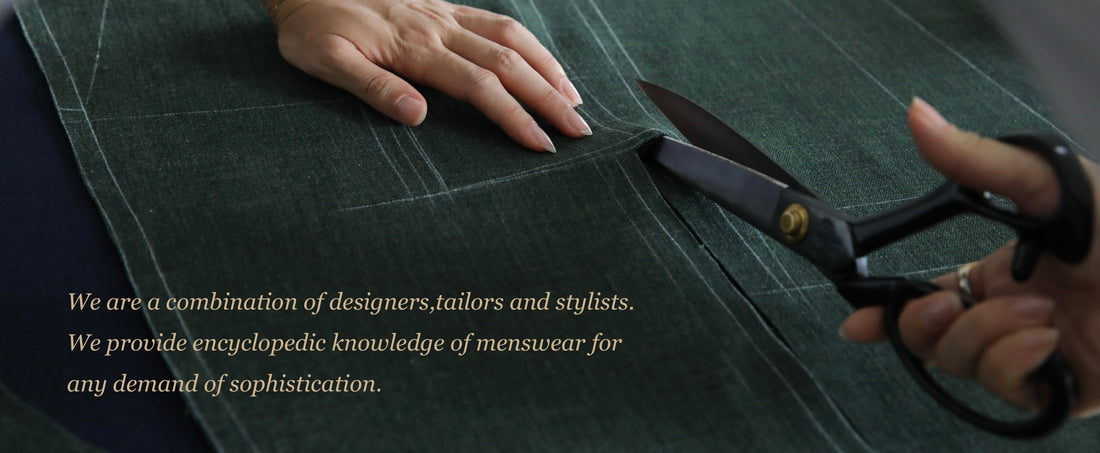
Inside the World of Bespoke: The Quiet Perks
Share
For most men, the word “bespoke” conjures images of formality — dark suits, stiff collars, and Savile Row severity. What many don’t realize is that a true bespoke suit isn’t simply formal; it’s disarmingly comfortable. In fact, a well-cut bespoke piece is often more wearable than anything pulled off a rack or even made-to-measure. Comfort, not pomp, is bespoke’s best-kept secret. Think of it less as armor you strap on, and more as a second skin you slip into.
In ready-to-wear, you adjust to the garment. In bespoke, the garment adjusts to you.
A bespoke suit is the apex of tailoring — a garment made entirely from scratch, with nothing borrowed from a standard pattern. At Lindsay Bespoke, each besoke suit begins with a unique paper pattern drafted in-house, not a block altered from a factory shelf. The slope of your shoulders, the tilt of your stance, the arch of your back, even the way you habitually stand at ease — every nuance is accounted for before a single stitch is made.
The library of cloth reads like a roll call of the world’s finest mills: Loro Piana, Drago, Holland & Sherry, Scabal. Wool fresco for summer heat, cashmere flannel for winter nights in Los Angeles, silk blends reserved for evenings out. Then comes the personalization: lapels wide, sharp, or discreetly notched; pockets straight or rakishly slanted; buttons in horn, mother-of-pearl, or gold. Linings range from jacquard silk to signature colors, or even your initials woven inside. A motto or emblem, stitched discreetly into the pocket, becomes part of the suit’s private language.
Beneath it all lies the construction. Full canvas — never fused — so the suit breathes and molds to the body. Hand-padded lapels, hand-sewn buttonholes, pick stitching so fine it reads as effortless. The craftsmanship is invisible to most eyes, but unmistakable once worn.
Bespoke is never a single step. It is a sequence of fittings — basted, forward, and final — with adjustments made at every stage. The result is a garment that doesn’t just fit your body, but follows your movement and presence. And beyond the visible craft, there are quiet advantages: your pattern remains on file for life, ready for future commissions; the suit itself is built to last decades, with the flexibility to be altered as your body changes; the shoulders are cut to your precise slope, reducing strain and wrinkles while giving you a natural posture that feels effortless. A bespoke suit communicates authority in ways no ready-made garment can. It makes people notice without knowing why.
Even the process carries its own reward. Choosing fabrics, debating the lapel roll, feeling the basted fitting — these are not errands but rituals, connecting you to centuries of tailoring tradition.
Slip into the finished garment, and it does not feel like armor placed on your body. It feels like armor that was always meant to be part of you. You stand straighter but never stiff. You look sharp without trying. The suit disappears, leaving only your presence.
Bespoke tailoring is not about chasing trends. It is about identity, permanence, and distinction. It is for the man who knows that clothing is not decoration, but the language of presence.
